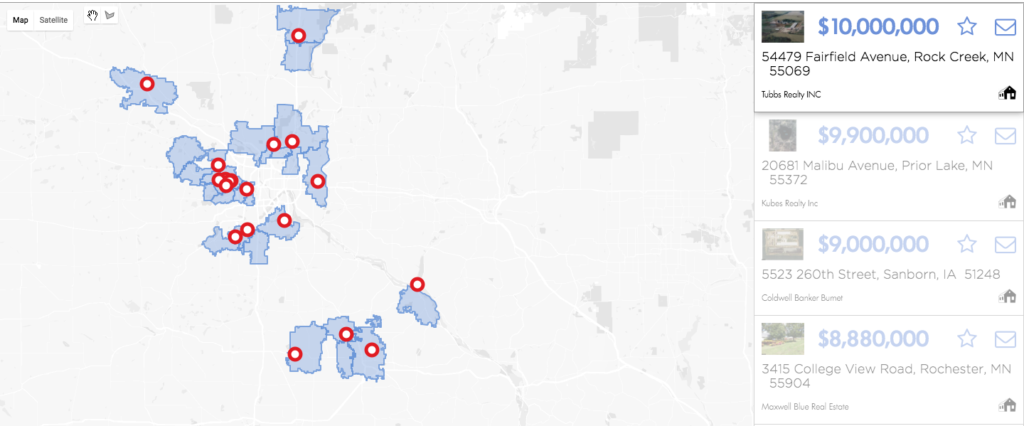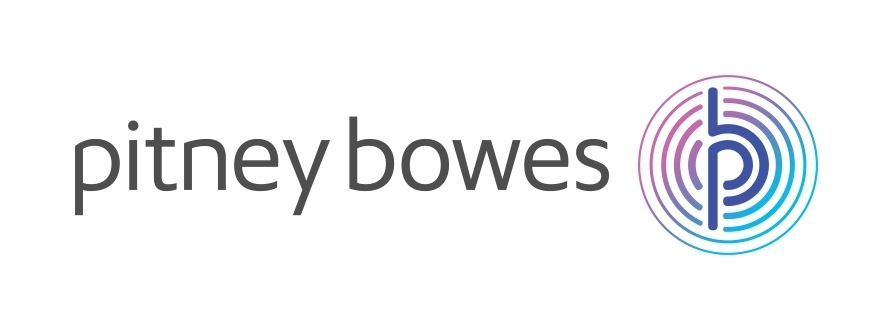Pitney Bowes Integration Highlights
Acquired by Pitney Bowes in 2016, Maponics’ technology provides real estate brokerages with new levels of visualization in the home search process. Where MLSs (as well as other mapping providers like Google) have rigorously defined areas that are considered searchable, Pitney Bowes’ spatial data is much more flexible. All their data comes in the form of specific latitudinal/longitudinal boundary points, overlaid onto maps as polygons. For example, the below image — a screenshot from a home search through the website of Minnesota’s RE/MAX Results (one of TRIBUS’ fully custom real estate brokerage websites) — has several polygons denoting different school districts.

While the data we integrate with is from Pitney Bowes, the way their polygons are displayed can be totally custom to your brokerage. In the above screenshot, for instance, all the colors are brand-specific and fit right in line with the customized look for the site’s home search function. Thanks to a combination of Maponics’ original dataset and Pitney Bowes’ geolocation software, you can get highly detailed in what you display for leads while searching for homes — all contained in a very easy-to-understand visual format. For brokerages who want to really engage with leads in a locally relevant way, this kind of capability will prove itself invaluable.

